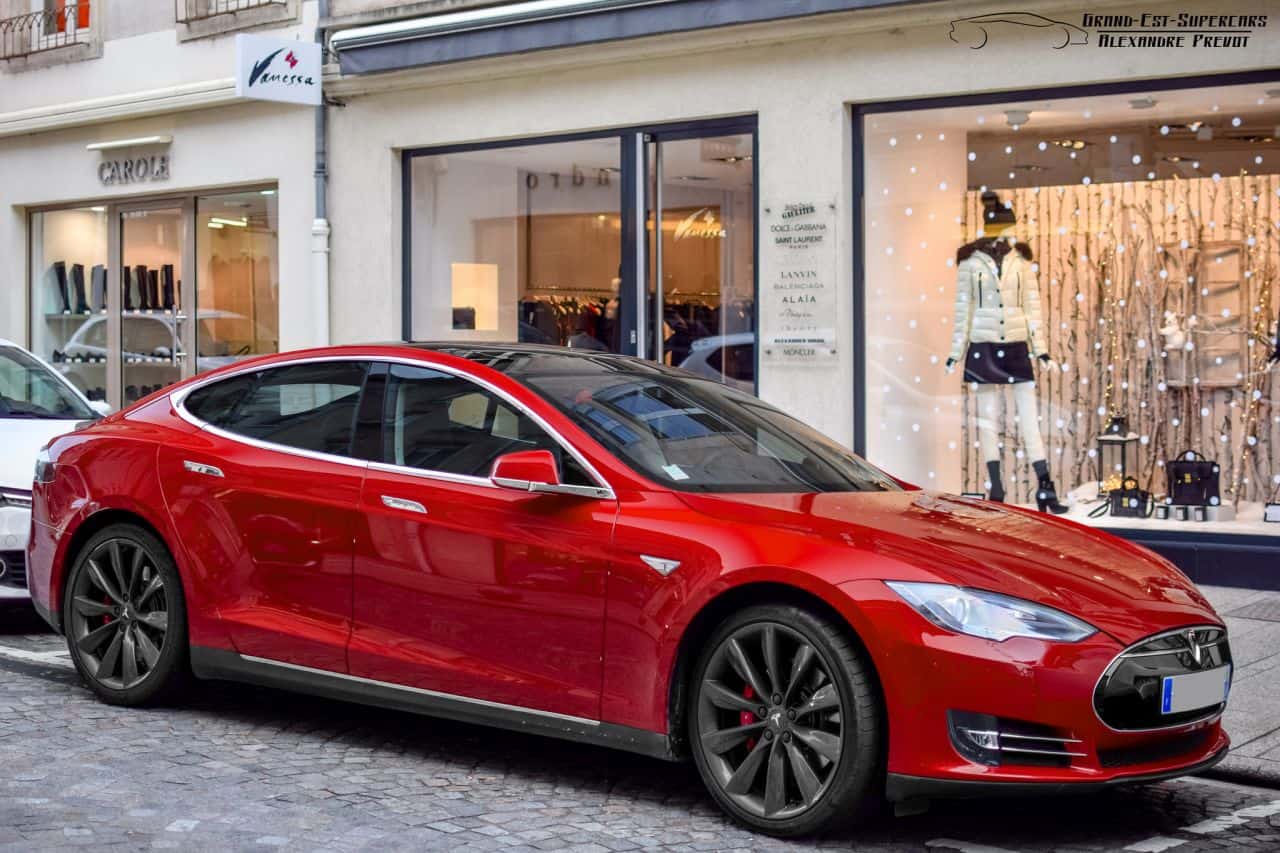Automotive manufacturers are constantly researching and developing new technologies, and one of the main talking points in the industry is autonomous (self-driving) vehicles. Although research into self-driving vehicles and automotive cybersecurity solutions are still ongoing, they could be hitting our dealerships sooner than previously thought. Although self-driving tech is relatively new in the automotive industry, manufactures have been working on adding small autonomous features to their existing models for a number of years now.
With developments such as sensor cameras and parking assistance, we are already seeing technologies which have been designed to make the driving experience easier for car owners. We’ve teamed up with Motorparks, retailers of prestige used cars, to investigate what these developments mean for the future of autonomous vehicles.
1. Cruise Control
Cruise control, as most of you will know, allows you to set a speed limit on your vehicle so that it automatically controls the speed on your vehicle by taking over the control of the throttle and maintains a steady speed as set by you. This system is often used for long journeys on motorways and dual carriageways. Whilst the system is not yet adaptive to traffic on the roads, the development of adaptive cruise control is in the pipeline. This system will work by following the car in front, and around you, adjusting the speed to maintain a safe distance.
2. Active Park Assist
Another step closer to self-driving vehicles is active park assist, which is available on several vehicles. You could argue that your vehicle transforms into an autonomous vehicle when parking your car. When the system is engaged, the system begins by identifying a suitable parking space, before steering your vehicle into the parking space. All you do is control the accelerator and the brakes – your car takes care of the steering wheel. However, the system is not advanced enough to park in all conditions – generally, the system works for parallel parking.
3. Parking Sensors & Cameras
For some years now, some manufacturers have introduced parking sensors and parking cameras on some models in their range to assist drivers when parking in tight spots. The cameras work by giving you a view of behind and in front of you when you are steering into a parking bay. The sensors, however, are affective when you are edging closer towards something around you – whether that is a wall, a car, people or railings, the sensors beep to alert you. As you edge closer and closer, the beeps get quicker to alert you of the distance remaining.
4. Lane Departure Warning
Some vehicles are now fitted with lane departure warning systems, or lane-keeping systems. When driving along busy motorways, it’s vital that you stay firmly in your lane, unless you are overtaking. This system alerts you with a vibration on the steering wheel if your vehicle is unintentionally edging out of its lane – in some cases if you are too slow to react, the system will automatically provide steering torque to guide you back into the lane. This is a safety feature to prevent drivers from veering out of their lane on motorways and dual carriageways where drivers around them are driving at high speeds.
5. Moving towards autonomous cars
It is clear that as technology advances in our vehicles, there are more self-driving technologies available to us. Slowly, but surely, the technology is easing us in to trusting our vehicles to do the driving for us. As we begin to trust that our vehicles can parallel park themselves, maintain a steady speed on a motorway and keep us in our lanes, it’s no wonder that autonomous cars are forecast to hit our roads sooner than we think.
KPMG and CAR believe we are on the cusp of a revolutionary change. In fact, in a white paper by the two companies, they have revealed the technology is already there – Google has already logged more than 200,000 miles in a fleet of self-driving cars retrofitted with sensors. Google is not alone though; traditional automakers and suppliers have also developed self-driving functionality using sensor-based solutions, such as the ones discussed above, and have a host of new applications in the pipeline.
If manufacturers can converge sensor-base technologies and connected-vehicle communications, they could deliver safer self-driving techniques than what each approach could ever deliver on its own. We could see truly autonomous vehicles on our roads in the not-so-distant future.

